Baristas Are Revealing The Most Common Iced Coffee Mistakes You Should Avoid
When you’re craving a quick and easy iced coffee, you can get away with brewing your favorite roast, pouring the java over ice, stirring in your choice of milk or sweetener, and calling it a day.
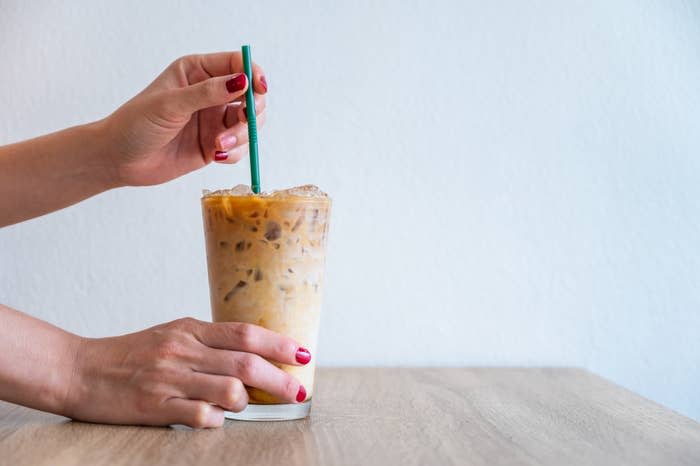
The no-frills method gets the job done, sure. But if you want to get the most out of your caffeinated beverage, you’ll need to put a bit more forethought and effort into your technique. Here, professional baristas share the mistakes you’re making when creating iced coffee at home — and what you should do instead for a balanced brew.
1.You’re Using Too Much Water

With any iced coffee, the ice in your beverage will inevitably melt, leading to a diluted drink that may taste too weak, too watery, too warm or a combination of all three, said Kathleen McCarthy, a corporate trainer at Lavazza. The good news: You can reduce the odds of this unpleasant drinking experience by accounting for ice melt during the brewing process, she said.
To do so, brew your coffee with a stronger grounds-to-water ratio. The typical recommendation is 1 gram of coffee to 16 grams of water, but when you’re planning to drink your coffee iced, use a slightly stronger ratio of 1:12 or a double-strength 1:8, McCarthy suggested. That way, your beverage will still taste strong even when the added ice begins to melt.
Make sure you’re not using too little water while brewing, either, which could lead to a sour cup.
2.You’re Pouring Hot Coffee Over Ice
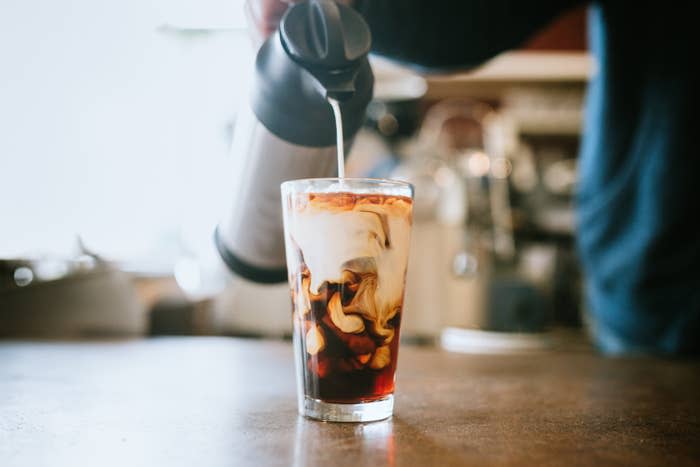
Compounding the dilution problem is the common practice of pouring a freshly brewed cup of joe directly over ice — without allowing it to cool first. “If your hot brew is poured directly over ice, that simply adds more water to your ratio when the ice melts,” leading to a weaker drink, McCarthy explained.
Instead, chill your coffee in the fridge before you pour it over ice. Just know that your final beverage could still be diluted if you aren’t adjusting the strength of your grounds-to-water ratio, too. “The ice will eventually melt and, depending [on] how quickly you drink, the last half or so of your cup could be watered down,” McCarthy said.
If you simply can’t wait for your coffee to cool, swap your traditional ice cubes with coffee-based ones; fill an ice cube tray with coffee and freeze. When used, your beverage will stay cold without the risk of it becoming watered down, McCarthy said.

The one exception to this rule: You’re making a flash brew, a favorite iced coffee method for two of the baristas we interviewed. You’ll brew your coffee — the pour-over and AeroPress techniques are most commonly recommended, but a drip machine works just fine — with less hot water than usual. You might brew with just two-thirds of the water you typically use. Then, replace the remaining one-third of water with ice, McCarthy explained. You can brew directly into your glass filled with ice or add the ice to your coffee later.
“This is my preferred method because it doesn’t require any advanced prep and thought like cold brew does, and unlike a standard brewed hot coffee poured over ice, it won’t be diluted or weak,” McCarthy said.
The final beverage won’t be incredibly cold, but the flash brew method is ideal for satisfying that iced coffee craving quickly, said Laila Ghambari, the 2014 United States Barista Champion. Plus, compared to other iced coffee techniques, “it locks in the aromatics and results in a much more flavorful coffee,” she said.
If your standard brew ratio for hot coffee is 1 gram coffee to 16 grams water, adjust it to: 1 gram coffee to 12 grams water to 4 grams ice. You might brew 20 grams of coffee with 240 grams of hot water and serve it over 80 grams of ice, for example, McCarthy suggested.
3.You’re Storing Your Brewed Coffee Wrong
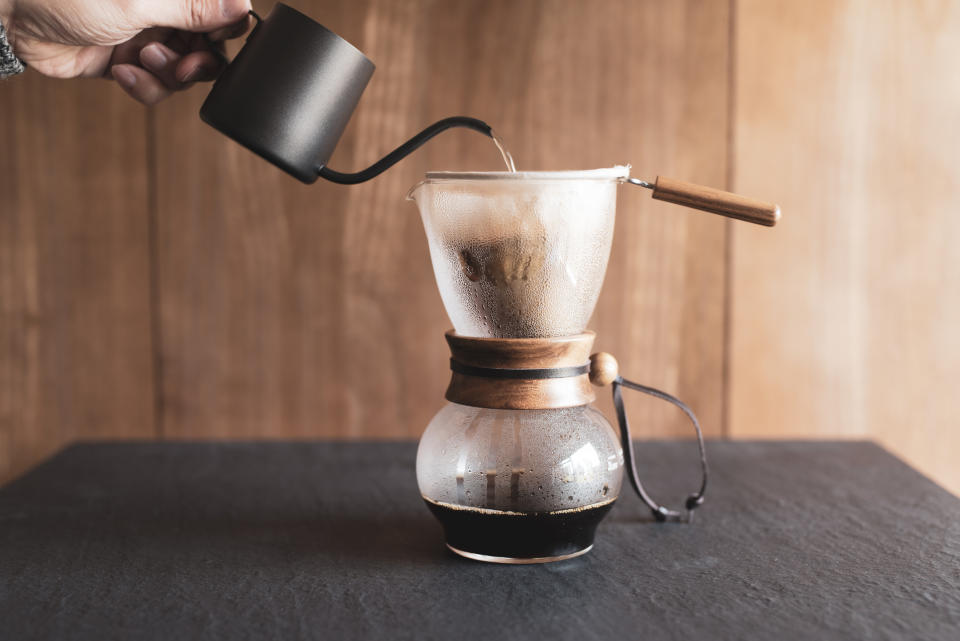
Don’t just pop a glass filled with java into your fridge and wait an hour or two for it to chill. Coffee stored in an open container will inevitably take on some funky flavors, Ghambari said. “Even if you have fish sitting in your refrigerator, it will permeate and get into your coffee,” she added.
Instead, pour your brew into a sealed vessel — and avoid leaving it on the kitchen counter, where it’s likely to mold more quickly than the cool fridge, Ghambari explained.
4.You’re Leaving The Coffee In The Fridge Too Long Before Using It
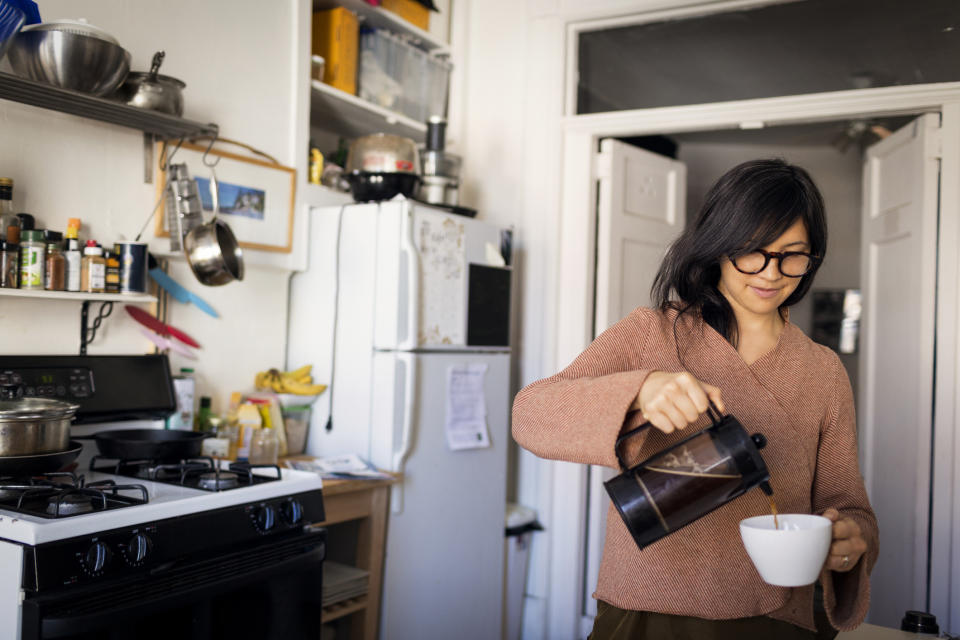
Even if your brewed coffee is stored properly, you’ll want to use it soon after it cools. “The longer your brewed coffee sits before you drink it, the more it will acquire stale flavors,” McCarthy said. “The longer your cup of coffee sits, the more the natural oils present in your brewed coffee will develop unpleasant and potentially even rancid flavors.”
Not to mention, aromatics contribute heavily to your drinking experience, Ghambari added. “Fresh-brewed coffee is going to have the most intense aromatics, and so the fresher is probably going to result in the better taste,” she noted.
Can’t be bothered to brew a fresh batch every day? Try prepping cold brew instead. The coffee is brewed at a cool temperature, so it doesn’t oxidize as quickly, develops fewer acidic flavors, and can be stored for one to two weeks without a significant change in taste, McCarthy said.
5.You’re Using the Wrong Brew Method For Your Flavor Preferences
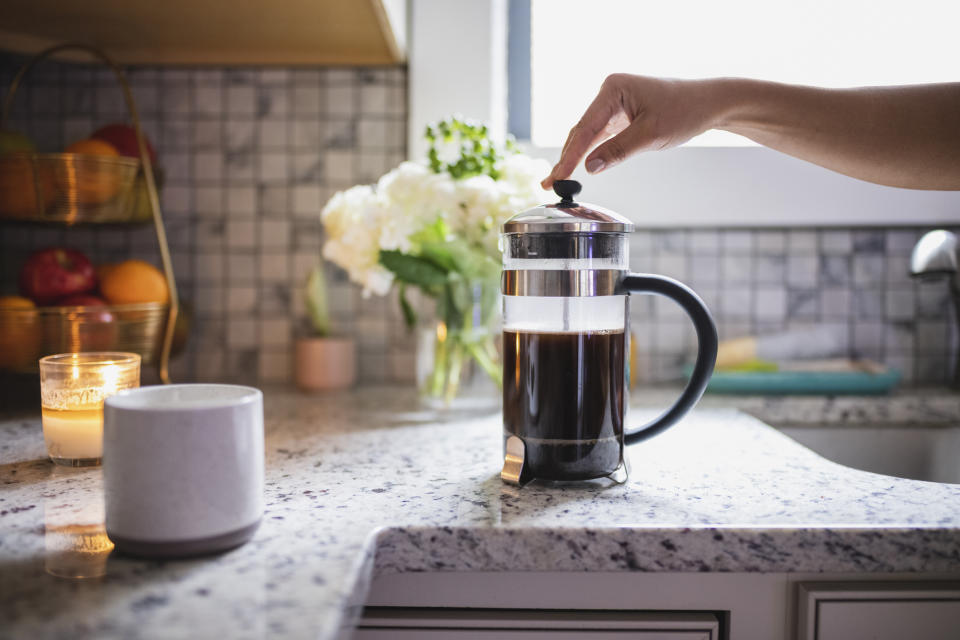
Each brewing method brings out a different flavor profile in your coffee. The pour-over technique tends to result in clearer, lighter coffee that’s typically best for lighter roasts and more acidic, fruity flavors, McCarthy said.
Use this method if you’re searching for a refreshing flavor profile or you’re in the mood for a fruitier drink, McCarthy recommended. It may particularly appeal to folks who enjoy their iced coffee black, she noted. Make sure to wet the filter before adding your grounds (then dump that water out of your vessel) to remove any stray dust or paper particles and unpleasant paper taste, added Yoshawn Smith, the 2023 Barista League Champion and a barista with Califia Farms and Patria Coffee Roasters.
The French press, however, generally produces coffee with a full, heavy body, so it syncs best with darker roasts and chocolatey, intense flavors, McCarthy said. This brewing technique will give you a strong coffee base that can be softened with milk and ice, she said.
Here's the bottom line...

The general advice for delicious coffee-making still applies to the iced beverage: Make sure your coffee is used according to the roast date for the best result, brew with filtered water, and stay focused so you don’t forget pulses for your pour-over or miss the time to plunge your French press or AeroPress, Smith said.
As you fiddle with your brewing practice, McCarthy suggested making just one change at a time; that way you can tell what’s actually improving your cup. Treat it like a science project and even take notes if you feel inclined to. Your perfect cup should be something you can enjoy and replicate on a daily basis, she added.
Remember, making iced coffee shouldn’t be a stressful experience. “Experiment a little bit and find that perfect method for you,” Smith said. “Taste and smell are subjective, and with that being said, enjoy your iced coffee any way you like to. It’s yours, no one can tell you how to enjoy it but yourself.”
This article originally appeared on HuffPost.